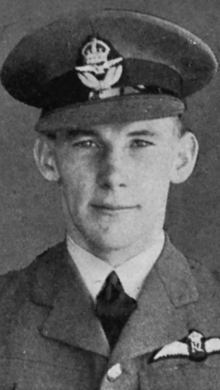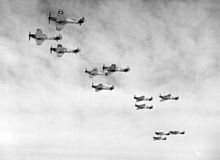
No. 486 (NZ) Squadron was a fighter squadron established for service during the Second World War. It was a New Zealand squadron formed under Article XV of the Empire Air Training Plan. Although many of its flying personnel were largely drawn from the Royal New Zealand Air Force, the squadron served in Europe under the operational and administrative command of the Royal Air Force.

Edgar James Kain, DFC was a New Zealand fighter pilot and flying ace who flew in the Royal Air Force (RAF) during the Second World War.

Group Captain Colin Falkland Gray, was a Royal Air Force (RAF) officer and the top New Zealand fighter ace of the Second World War.

Raymond Brown Hesselyn, was a New Zealand fighter pilot and flying ace of the Second World War, credited with the destruction of at least 18 enemy aircraft while flying with the Royal Air Force (RAF) over Europe and the Mediterranean.

Brian Carbury, was a New Zealand fighter ace of the Royal Air Force (RAF) during the Second World War. He was officially credited with destroying 15+1⁄2 enemy aircraft.

Group Captain Desmond James Scott, was a New Zealand fighter pilot and flying ace of the Second World War. He was credited with the destruction of at least five enemy aircraft.
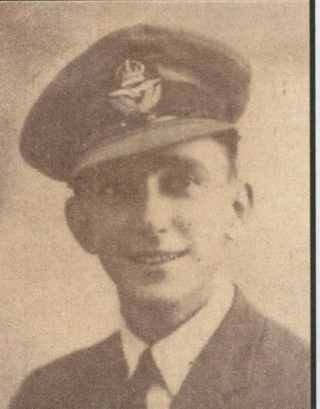
Derek Harland Ward, was a New Zealand flying ace of the Royal Air Force (RAF) during the Second World War. He was credited with six confirmed victories and one probable.

Adrian Francis Laws, was a Royal Air Force pilot and flying ace during the Battle of Britain. He was killed on 30 September 1940 after colliding with another Spitfire while training new pilots.

John Albert Axel Gibson, was a Royal Air Force (RAF) officer and a flying ace of the Second World War. He was credited with the destruction of 12 enemy aircraft.
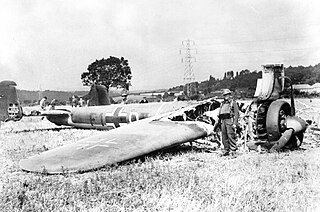
The Hardest Day was a Second World War air battle fought on 18 August 1940 during the Battle of Britain between the German Luftwaffe and British Royal Air Force (RAF). On that day, the Luftwaffe made an all-out effort to destroy RAF Fighter Command. The air battles that took place on that day were amongst the largest aerial engagements in history to that time. Both sides suffered heavy losses. In the air, the British shot down twice as many Luftwaffe aircraft as they lost. However, many RAF aircraft were destroyed on the ground, equalising the total losses of both sides. Further large and costly aerial battles took place after 18 August, but both sides lost more aircraft combined on this day than at any other point during the campaign, including 15 September, the Battle of Britain Day, generally considered the climax of the fighting. For this reason, Sunday 18 August 1940 became known as "the Hardest Day" in Britain.
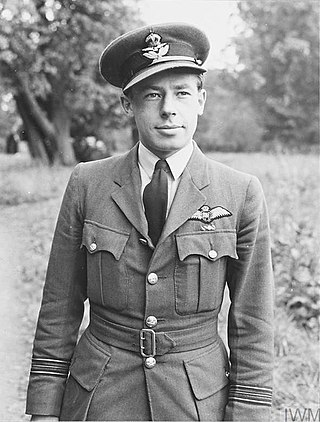
Robert Duncan Yule, was a New Zealand-born officer of the Royal Air Force (RAF) and a flying ace of the Second World War. He was credited with destroying eight enemy aircraft.

Wilfred Greville Clouston was a New Zealand flying ace of the Royal Air Force (RAF) during the Second World War. He was credited with the destruction of nine enemy aircraft and shared in the destruction of three more.

John Noble MacKenzie, was a New Zealand flying ace of the Royal Air Force (RAF) during the Second World War. He was officially credited with the destruction of nine enemy aircraft.

Group Captain Edward Preston Wells was a New Zealand flying ace of the Royal New Zealand Air Force (RNZAF) during the Second World War. He was credited with the destruction of twelve enemy aircraft.
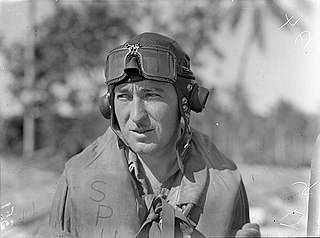
Robert Lawrence "Peter" Spurdle was a New Zealand flying ace of the Royal Air Force (RAF) during the Second World War. He was credited with the destruction of ten enemy aircraft.
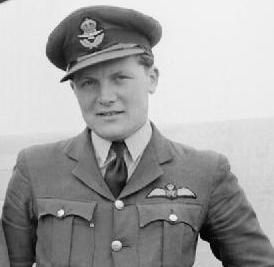
Newell Orton, was a British flying ace of the Royal Air Force (RAF) during the Second World War. He was officially credited with the destruction of 17 enemy aircraft.
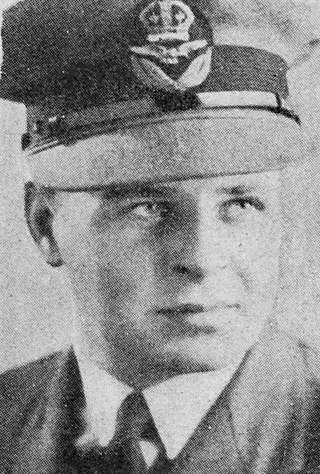
Kenneth William Tait, was a New Zealand flying ace of the Royal Air Force (RAF) during the Second World War. He is credited with destroying five enemy aircraft, a share in another aircraft destroyed and eight damaged.

George Gribble, was a British flying ace of the Royal Air Force (RAF) during the Second World War. He was officially credited with the destruction of at least six German aircraft.
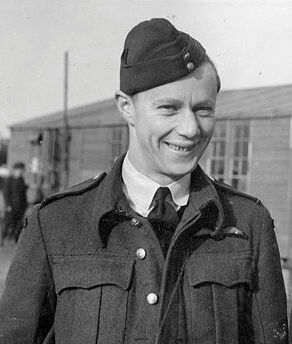
Arthur Ernest Umbers was a New Zealand flying ace of the Royal New Zealand Air Force (RNZAF) during the Second World War. He was credited with the destruction of five German aircraft as well at least fifteen V-1 flying bombs.
William Henry Millington was an Australian fighter pilot and flying ace who flew in the Royal Air Force (RAF) during the Second World War. He was credited with at least nine aerial victories.
